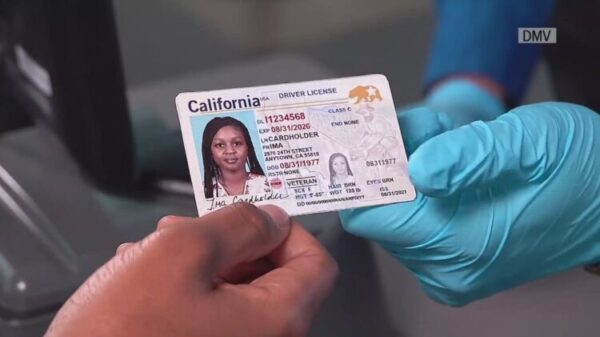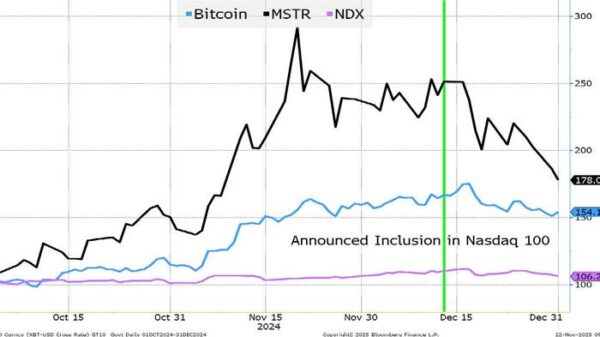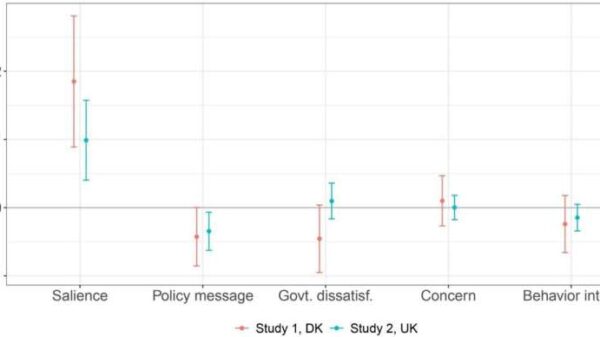The United States Social Security Administration has confirmed that individuals can collect spousal benefits amounting to up to 50% of their partner’s payments, regardless of their own work history. This benefit is particularly significant for those who have never held formal employment, providing financial support to spouses, wives, husbands, and some ex-spouses. Despite this opportunity, many remain unaware of the eligibility criteria and application process associated with these benefits.
Approximately 2 million individuals currently receive spousal benefits, while over 53 million receive regular retirement benefits. Understanding the eligibility requirements is essential for those who may qualify. There are four main criteria to consider.
Key Eligibility Requirements for Spousal Benefits
The first requirement is that the working partner must be eligible for retirement benefits. This means they must have accumulated 40 credits, which typically equates to about ten years of work. In 2025, one credit is earned for every $1,810 in income, with a maximum of four credits available per year. If the working spouse does not meet this requirement, no spousal benefits can be claimed.
Next, the marriage history must meet specific time requirements. For those currently married, a minimum of one year of marriage is necessary to qualify for spousal benefits. Notably, this one-year rule does not apply if the couple has a child together or if the applicant was already qualified for Social Security benefits prior to the marriage. For divorced individuals, the marriage must have lasted at least ten years, and the applicant must remain unmarried to claim benefits based on the ex-spouse’s record. Remarkably, eligibility remains intact even if the ex-spouse remarries, as long as the ten-year rule is followed.
Timing also plays a critical role in the eligibility for spousal benefits. Generally, an applicant cannot claim spousal benefits until their partner begins receiving retirement benefits. However, those who are divorced can request benefits based on their ex-spouse’s record if they have been divorced for at least two years.
Finally, individuals must be aware that they will only receive the higher of the two benefit amounts—either their own retirement benefit or the spousal benefit. The maximum spousal benefit equals half of the working spouse’s full retirement age (FRA) benefit. For individuals born in 1960 or later, the current FRA is 67 years. Benefits can be reduced if claimed before reaching FRA, with nuances in the increase rates for both personal and spousal benefits depending on the age at which they are claimed.
Understanding the Impact of Spousal Benefits
In practice, spousal benefits are only advantageous if the working spouse earned significantly more throughout their career than the non-working spouse. As such, many individuals ultimately opt for their own retirement benefits rather than spousal ones. It is crucial for potential beneficiaries to evaluate both options carefully rather than making assumptions about the benefits they may receive.
The confirmation of these spousal benefits by the Social Security Administration highlights the importance of financial literacy regarding Social Security options. Many eligible individuals may not realize that they can receive financial support based on their spouse’s contributions, and understanding the eligibility criteria can open doors to much-needed resources.
For those navigating the complexities of Social Security benefits, consulting with a knowledgeable professional or utilizing online resources can provide clarity and ensure that they make informed decisions regarding their financial future.




































































